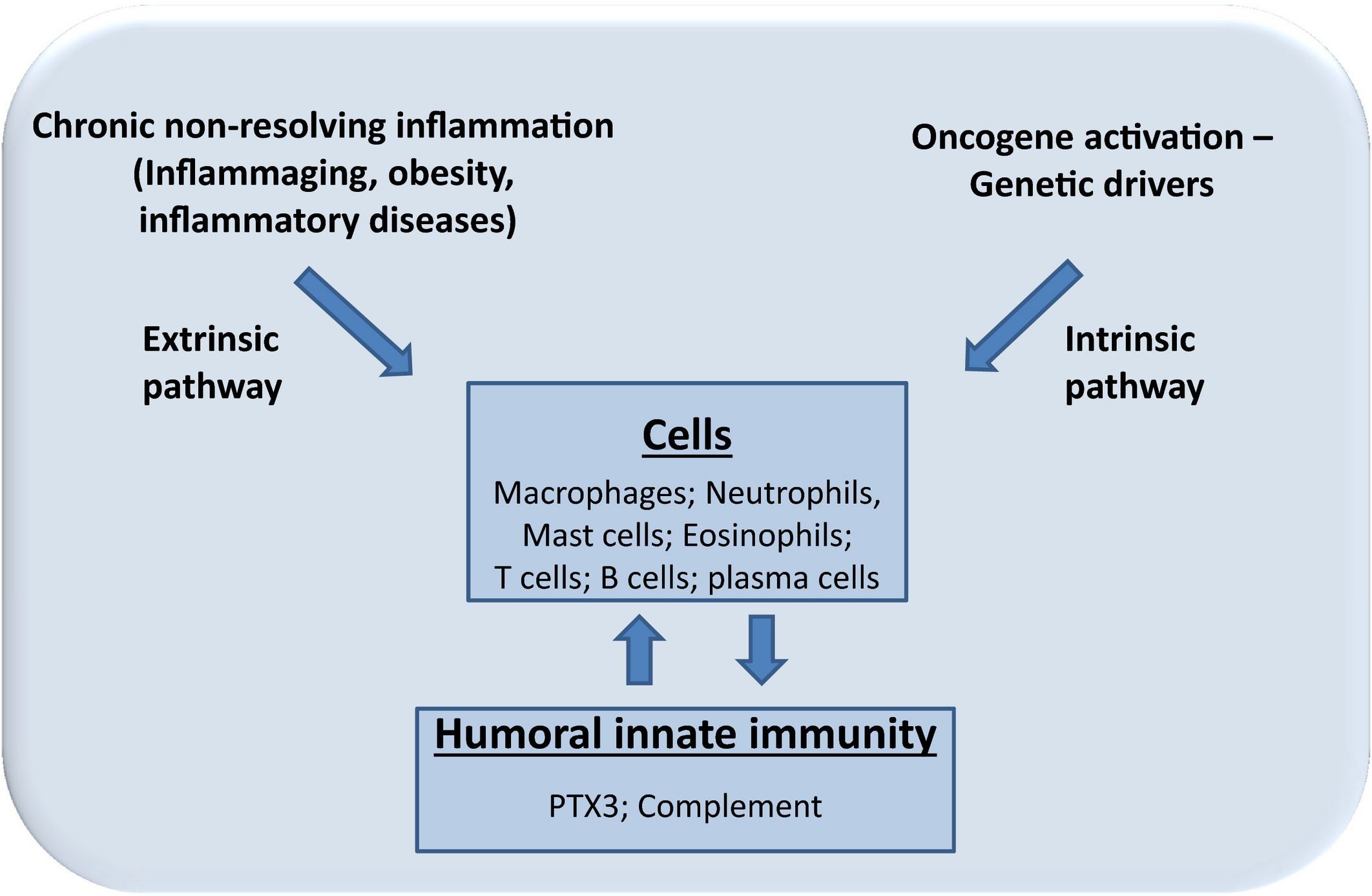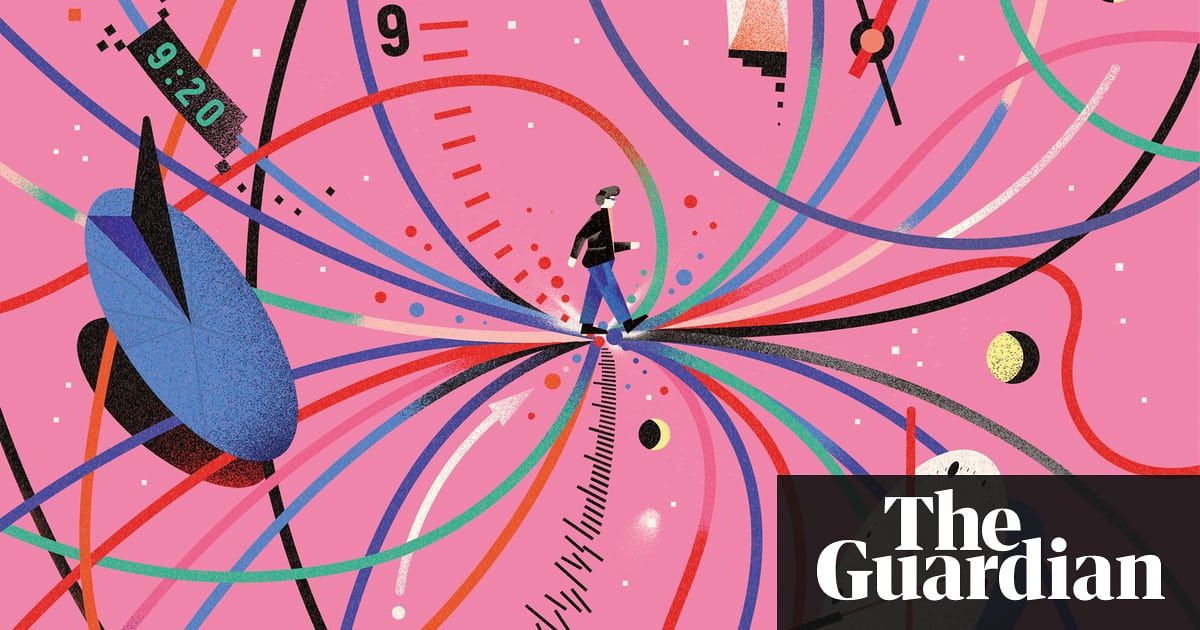Apr 14, 2018
Becoming Transhuman: The Complicated Future of Robot and Advanced Sapient Rights
Posted by Zoltan Istvan in categories: cyborgs, robotics/AI, transhumanism
My article for the Cato Institute via Cato Unbound is out. Cato is one of the leading think tanks in the world, so I’m excited they are covering transhumanism:
Zoltan Istvan describes a complicated future when humans aren’t the only sapients around anymore. Citizenship for “Sophia” was a publicity stunt, but it won’t always be so. Istvan insists that if technology continues on the path it has traveled, then there is only one viable option ahead for humanity: We must merge with our creations and “go full cyborg.” If we do not, then machines may easily replace us.

















